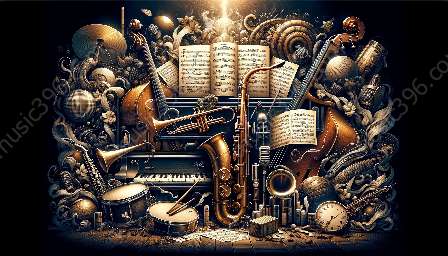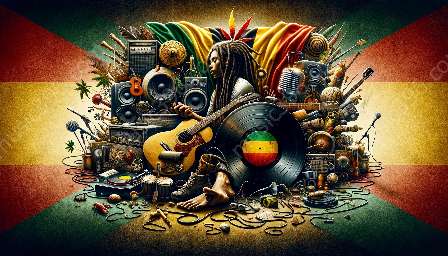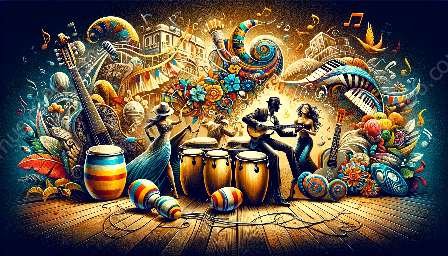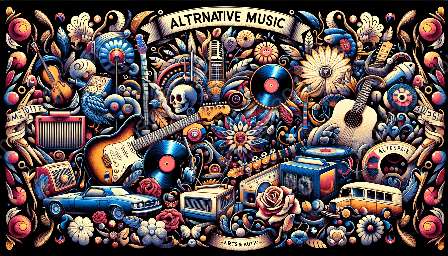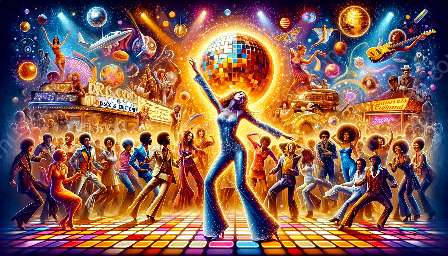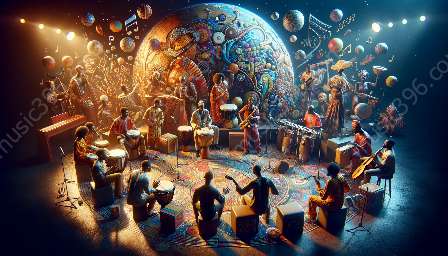Bossa Nova and Traditional Samba are two iconic genres that have shaped the music landscape in Brazil and beyond. This comparative analysis delves into the origins, characteristics, cultural significance, and unique musical elements of both styles, providing a comprehensive understanding of their distinct flavors.
Origins
Bossa Nova, which translates to 'new trend' or 'new wave,' emerged in the late 1950s and early 1960s in Rio de Janeiro. It is a fusion of jazz and samba, and it was heavily influenced by Brazilian composers such as Antônio Carlos Jobim, João Gilberto, and Vinícius de Moraes. Bossa Nova is characterized by its smooth, gentle rhythms and sophisticated melodies.
Traditional Samba, on the other hand, has roots that trace back much further, originating in Afro-Brazilian communities in the early 20th century. It is deeply connected to Brazilian cultural and religious traditions and is known for its lively, infectious rhythms and energetic dance movements.
Characteristics
Bossa Nova is known for its relaxed, laid-back feel and is often described as having a cool, understated vibe. The guitar plays a central role in Bossa Nova music, accompanied by soft percussion and delicate vocal harmonies. The songs often feature poetic lyrics that reflect themes of love, romance, and the beauty of Brazil's landscapes.
Traditional Samba, in contrast, is vibrant, exuberant, and driven by powerful percussion instruments such as the tamborim, surdo, and pandeiro. It's characterized by its energetic dance rhythms and call-and-response vocal patterns. Lyrically, Traditional Samba often addresses social issues, celebrations, and everyday life in the Brazilian community.
Musical Elements
Bossa Nova typically includes complex harmonies, subtle syncopation, and the extensive use of extended chords. The guitar plays a prominent role, often using fingerstyle or gentle strumming techniques to create the signature Bossa Nova sound. The interplay between the guitar and vocals is a key feature, with vocalists often employing a soft, whispery delivery.
Traditional Samba incorporates syncopated rhythms, intricate drum patterns, and a wide array of percussion instruments to create its infectious groove. The interlocking rhythms and lively beats drive the dance movements associated with Samba, making it an integral part of Brazilian cultural celebrations and festivals.
Cultural Significance
Both Bossa Nova and Traditional Samba have played pivotal roles in shaping Brazilian music and culture. Bossa Nova gained international recognition in the 1960s and became synonymous with the image of a sophisticated, modern Brazil. It influenced musicians around the world and continues to be a significant genre in jazz and popular music.
Traditional Samba, on the other hand, remains deeply rooted in Brazilian cultural traditions and is closely associated with the country's vibrant carnival celebrations. It embodies the spirit of community, joy, and resilience, serving as a musical expression of the Brazilian identity.
Conclusion
While Bossa Nova and Traditional Samba share their Brazilian heritage, they each offer a unique sonic experience and cultural narrative. Whether it's the smooth allure of Bossa Nova or the infectious energy of Traditional Samba, these two genres continue to captivate audiences and showcase the rich musical tapestry of Brazil.



